Latest Updates On Southern Lebanon-Northern Occupied Palestine, October 16, 2024
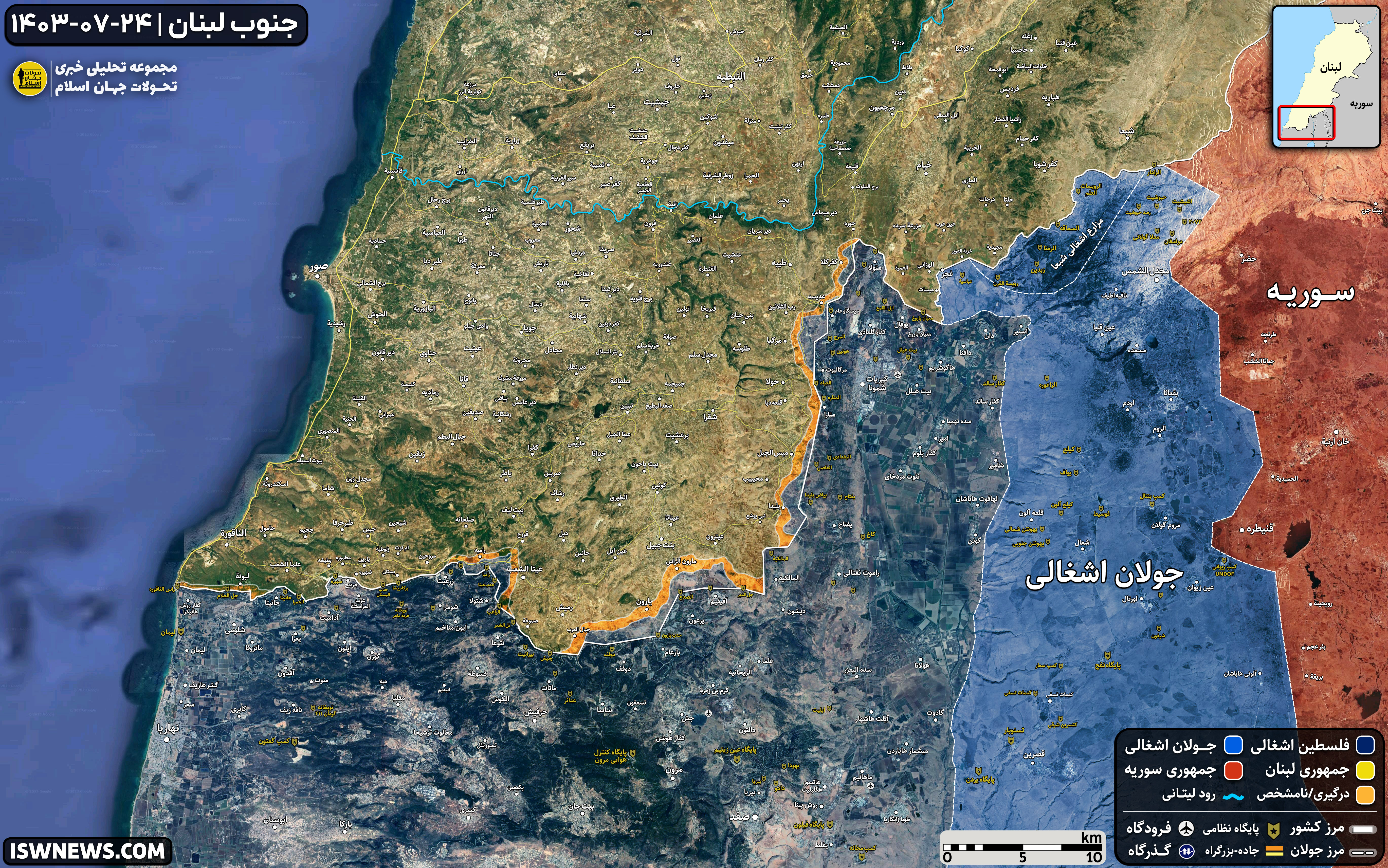
The Israeli regime’s army are carrying out heavy attacks on various axes in southern Lebanon, from the Shebaa Farms to the Mediterranean coast. Fighters of the Lebanese resistance movement Hezbollah are attempting to neutralize the regime’s attacks with rocket and artillery strikes in addition to ground defense.
Shebaa Farms:
The 210th Division of the Israeli army’s Northern Command has initiated ground operations in the axis of the Shebaa Farms using three of its brigades. The aim of this military operation is reported to be limited assaults in southern Lebanese villages, with the village of Shebaa possibly being a target. No ground clashes have been reported in this axis so far, and Hezbollah has pounded Israeli movements and positions at the Ruwaisat Al-Alam site and Al-Radar base with rocket fire.
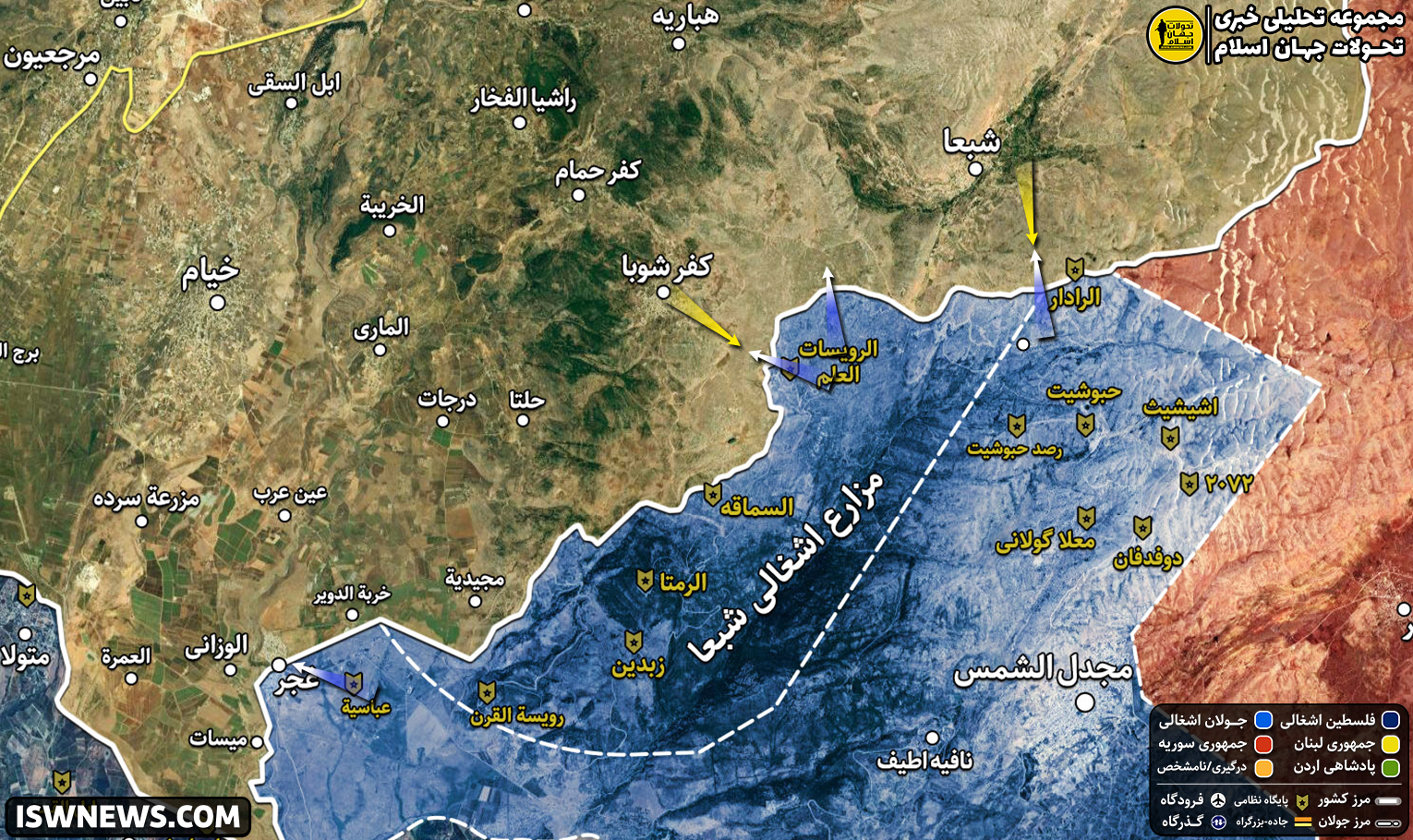
The Israeli regime’s forces entered the Al-‘Abbasiyya Mosque at night through the border village of Ghajar and destroyed part of the mosque in a bomb strike. This mosque is located about 100 meters away from the border of the Israeli-occupied territories.
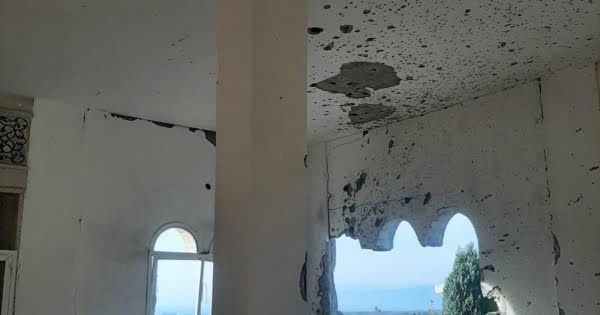
Al-Udaysah, Kfarkila, Rab El Thalathine, and Markaba:
Following the withdrawal of the 98th “Ha-Esh” Paratroopers Division of the Israeli army, clashes in the towns of Kfarkila and Al-Udaysah have ceased. Subsequently, the Israeli military forces attacked the village of Markaba from the eastern axis early on October 15, and the Israeli occupying forces also launched heavy attacks in the eastern front of the village of Rab El Thalathine early on October 16. These strikes have been repelled by Hezbollah fighters, and currently, clashes in the eastern outskirts of those areas have stopped.
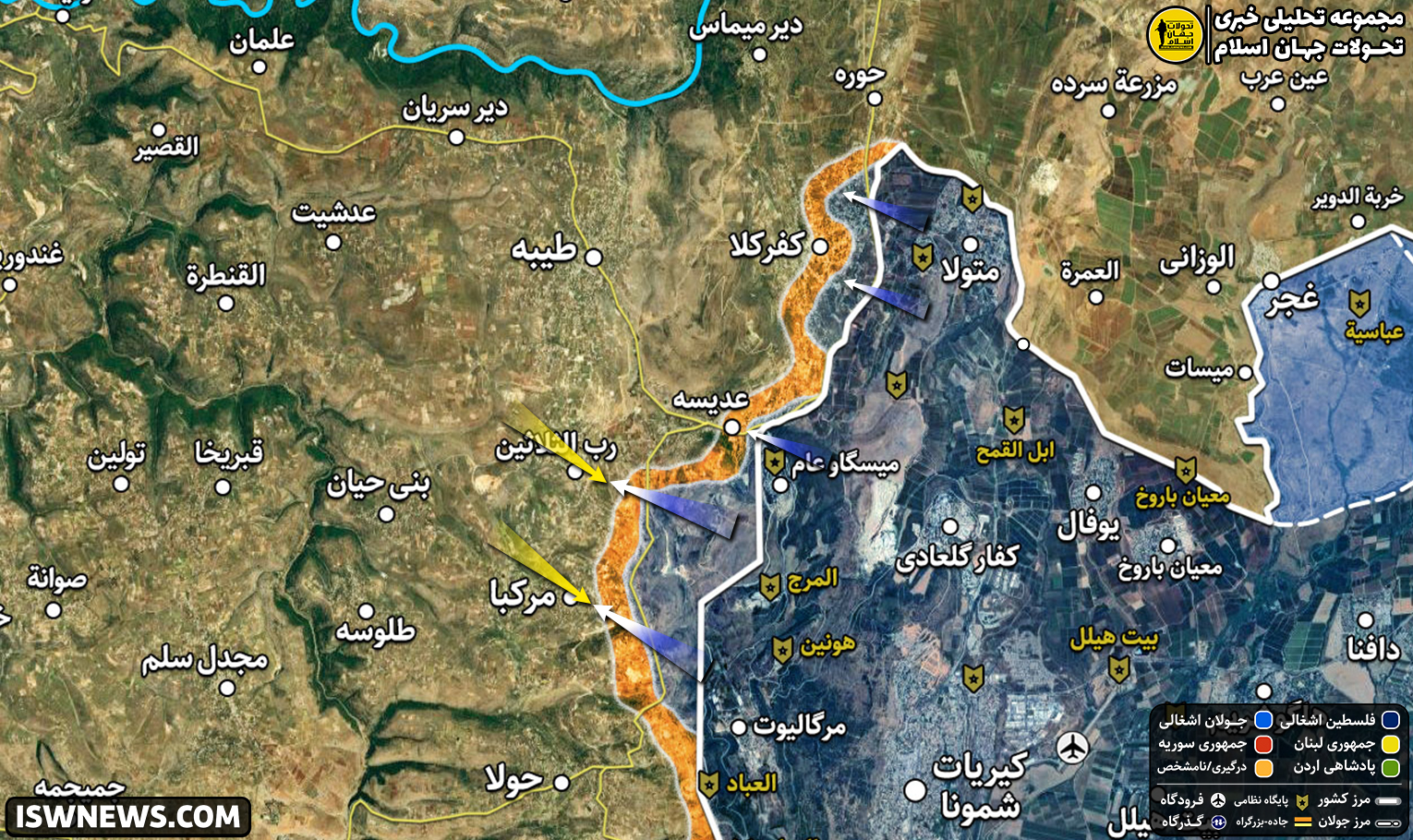
Meiss El Jabal, Mhaibib, and Blida:
There is no precise news story from the village of Meiss El Jabal, but the Israeli regime’s media outlets claimed advances in this area. In the village of Blida, the Israeli military forces exerted significant pressure on the northern axis of this region, with their forces advancing toward the center of Blida using bulldozers and cranes to demolish residential homes of the Lebanese people.
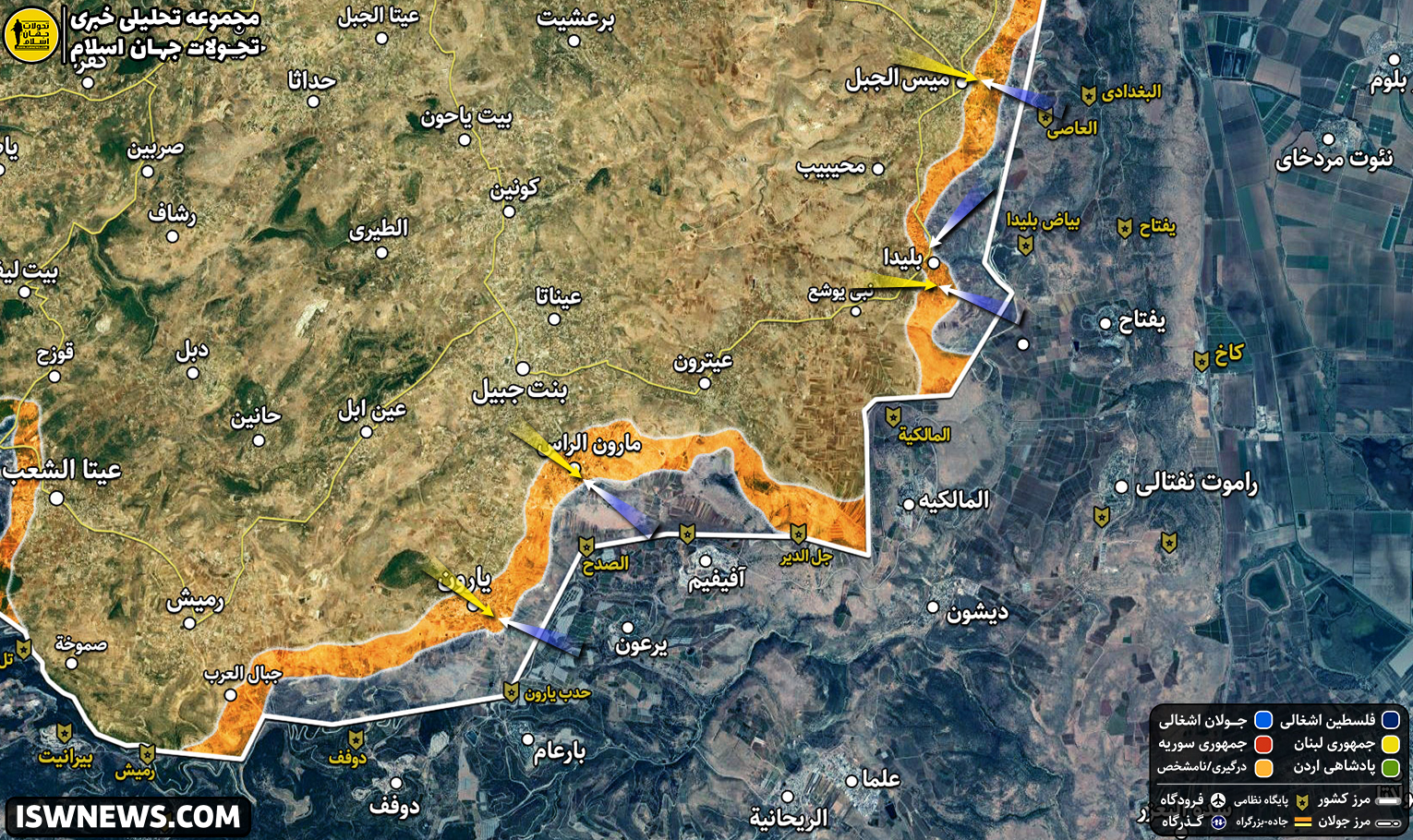
Maroun El-Ras and Yaroun:
There are no fresh reports from the Maroun El-Ras axis, and the Israeli military forces are currently engaged with Hezbollah fighters in southern of this village. In the Yaroun axis, Israeli occupying forces have retreated from inside this village after demolishing most of its buildings.
Labbouneh and Naqoura:
There have been no significant changes in the Labbouneh and Naqoura axes, and the images published by the Israeli military forces proved that the place of the installation of the Israeli regime’s flag is 500 meters far from the border line.
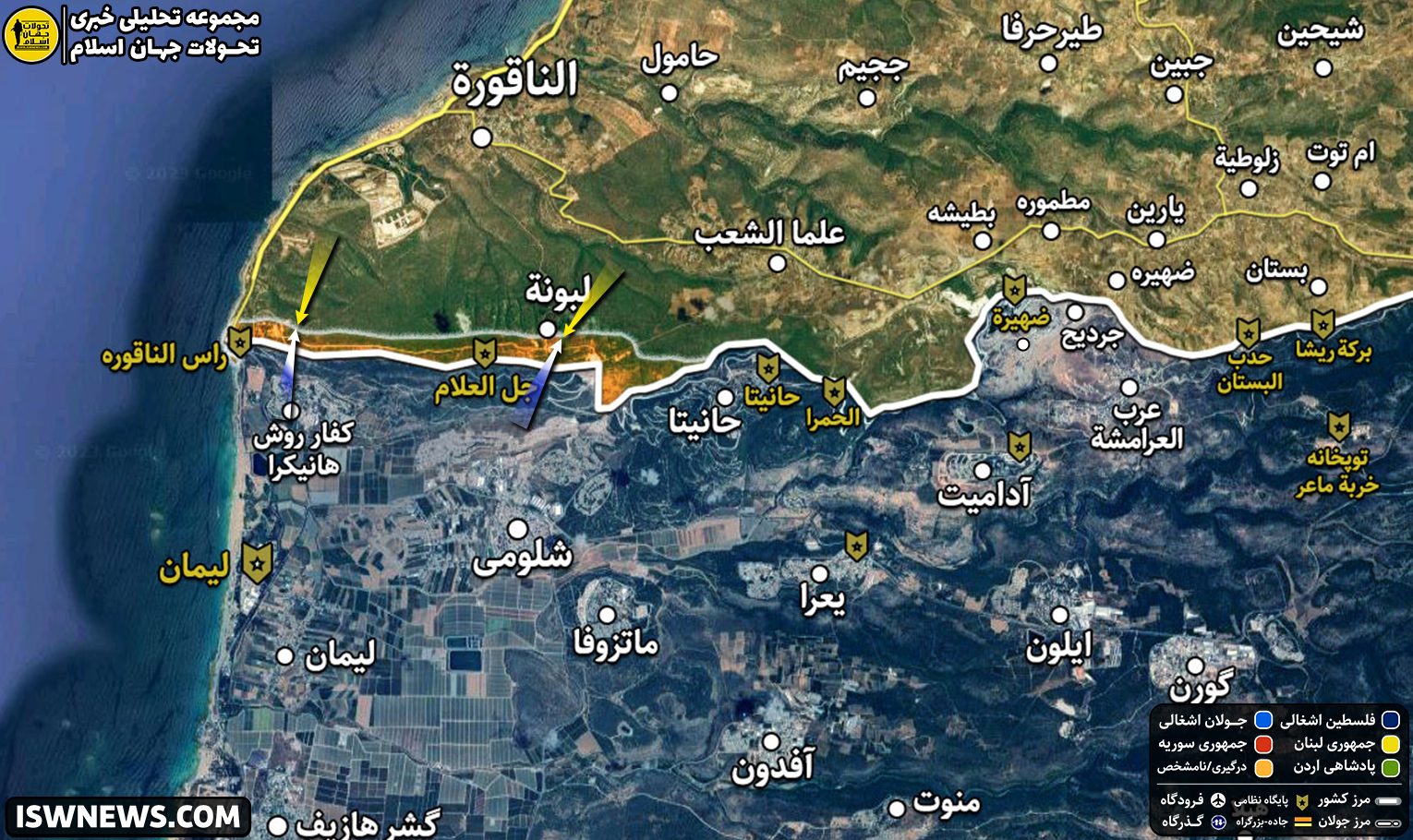
Ayta ash Shab and Ramyeh:
Ground confrontations in the axes of Ayta ash Shab and Ramyeh kicked off on October 15 and intensified on October 16. Hezbollah fighters targeted three bulldozers and two Merkava tanks of the Israeli regime with guided anti-tank missiles, resulting in their destruction or damage. Hezbollah conducts continuous rocket and artillery attacks against the Israeli regime’s army positions in Khallet Warda and the Ramyeh base. At present, heavy clashes are underway in the forests and southwestern lands around Ayta ash Shab, and the Lebanese resistance movement has so far succeeded in repelling the Israeli army’s assaults. Given the fact that the Israeli regime carries out heavy scale airstrikes, there is a possibility that Hezbollah may retreat into Ayta ash Shab and direct the conflict into urban areas in the coming hours.
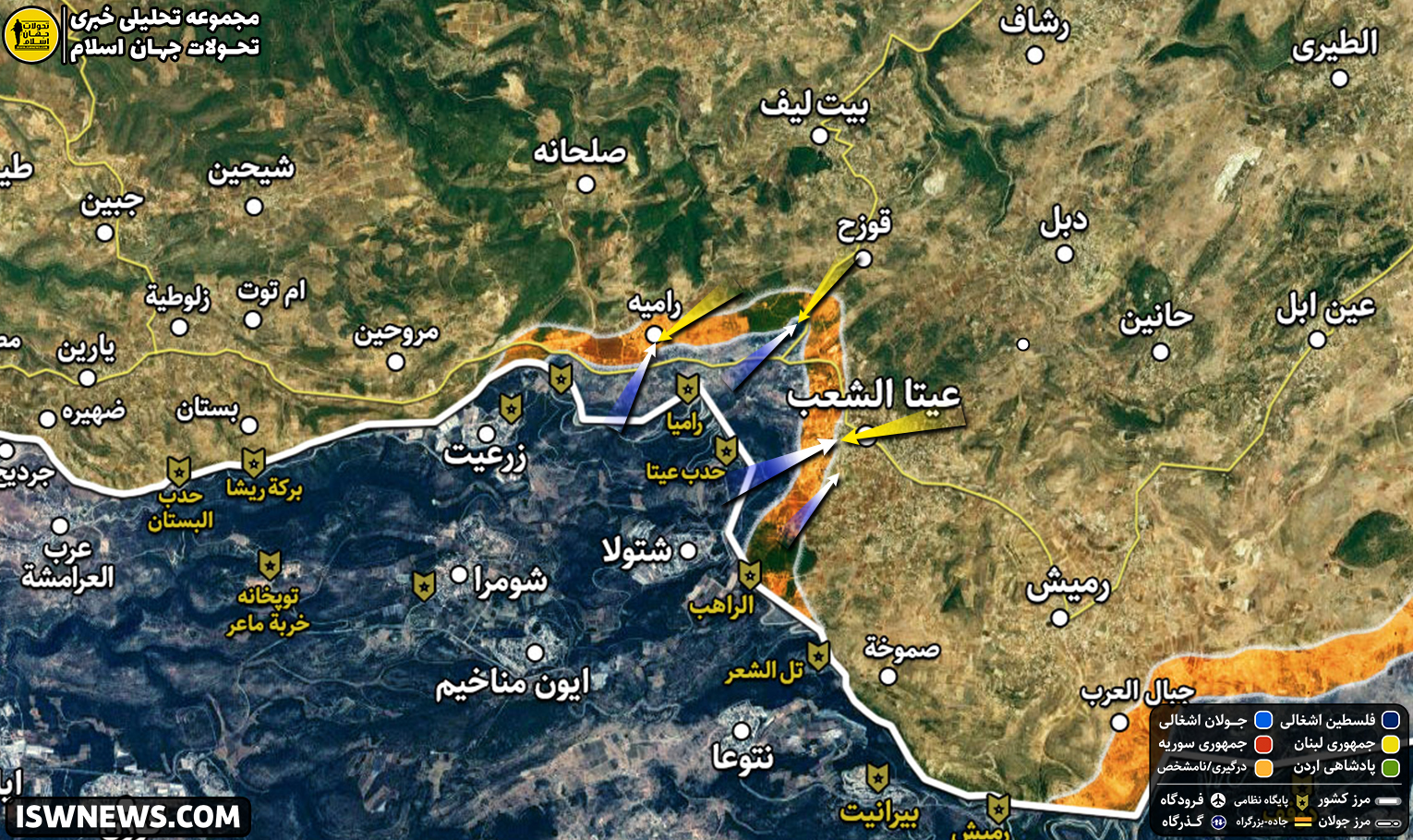
On the morning of October 14, the Israeli army targeted the towns of Ayta ash Shab and Ramyeh, as well as the UNIFIL (United Nations Interim Force in Lebanon) forces’ headquarters at the zero-border point in Ramyeh with incendiary white phosphorus bombs after sustaining multiple hits in ground clashes and rocket attacks. According to UNIFIL’s official reports, at least 15 of the (so-called) peacekeepers experienced symptoms including skin problems and gastrointestinal allergy after smoke entered their camp.
Finally, after a year of war and the Israeli regime’s use of unconventional weapons, including incendiary white phosphorus bombs in the Gaza Strip and southern Lebanon, the fallout from this cowardly and unusual action has also affected the United Nations’s forces. Overall, the conditions of the confrontation for the Lebanese and Palestinian resistance fighters are difficult, and the Tel Aviv regime is likely to use unconventional munitions in any front where it faces weakness.
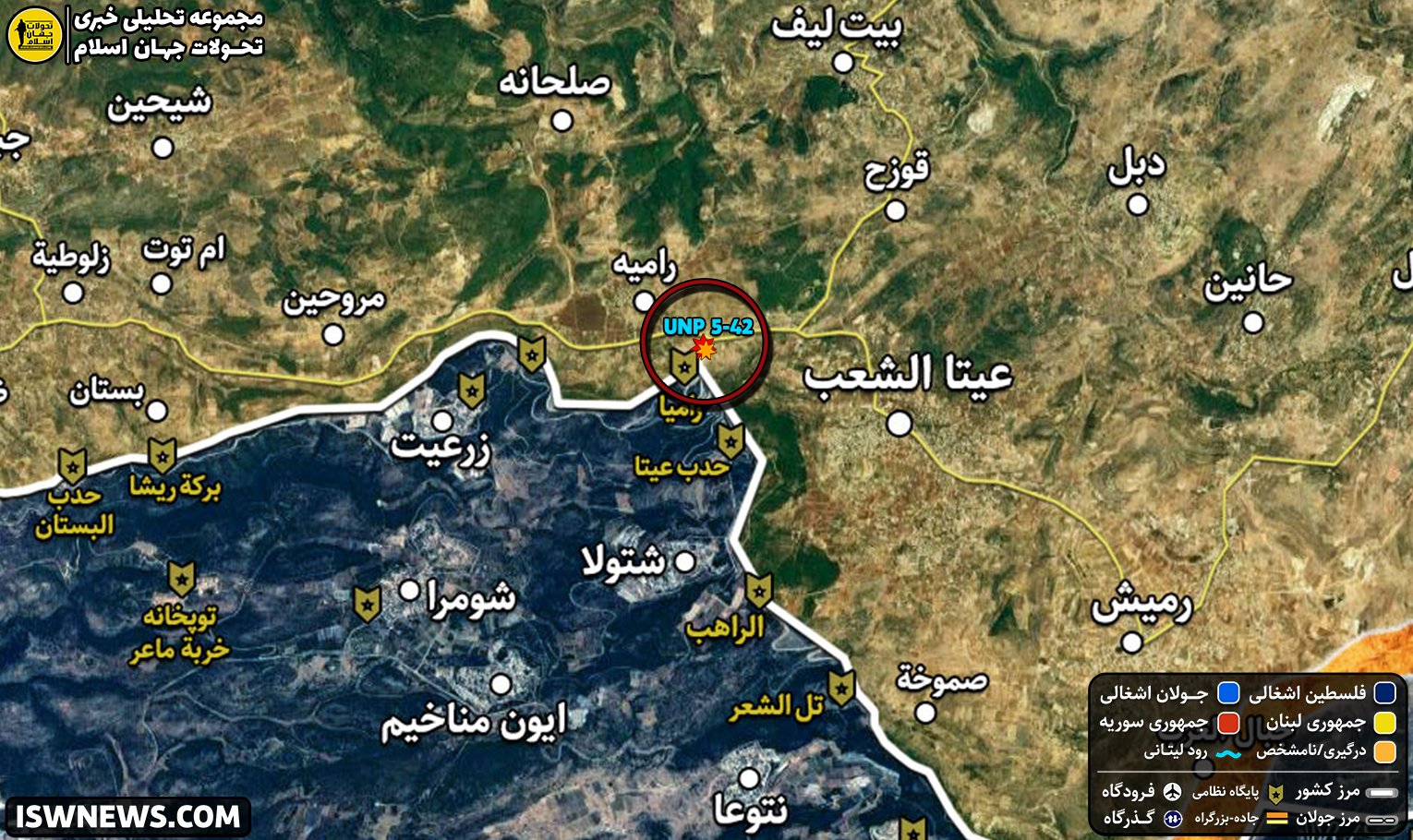
The Israeli regime’s military issued a statement and claimed that the Golani Brigade forces identified and captured three Hezbollah fighters in an underground base and transferred them to occupied territories for interrogation. Thus, the number of Hezbollah captives in the battles of southern Lebanon has increased to four. Previously, the Israeli regime had captured a Hezbollah fighter named Waddah Younis from the town of Houla in an underground well in the village of Blida.
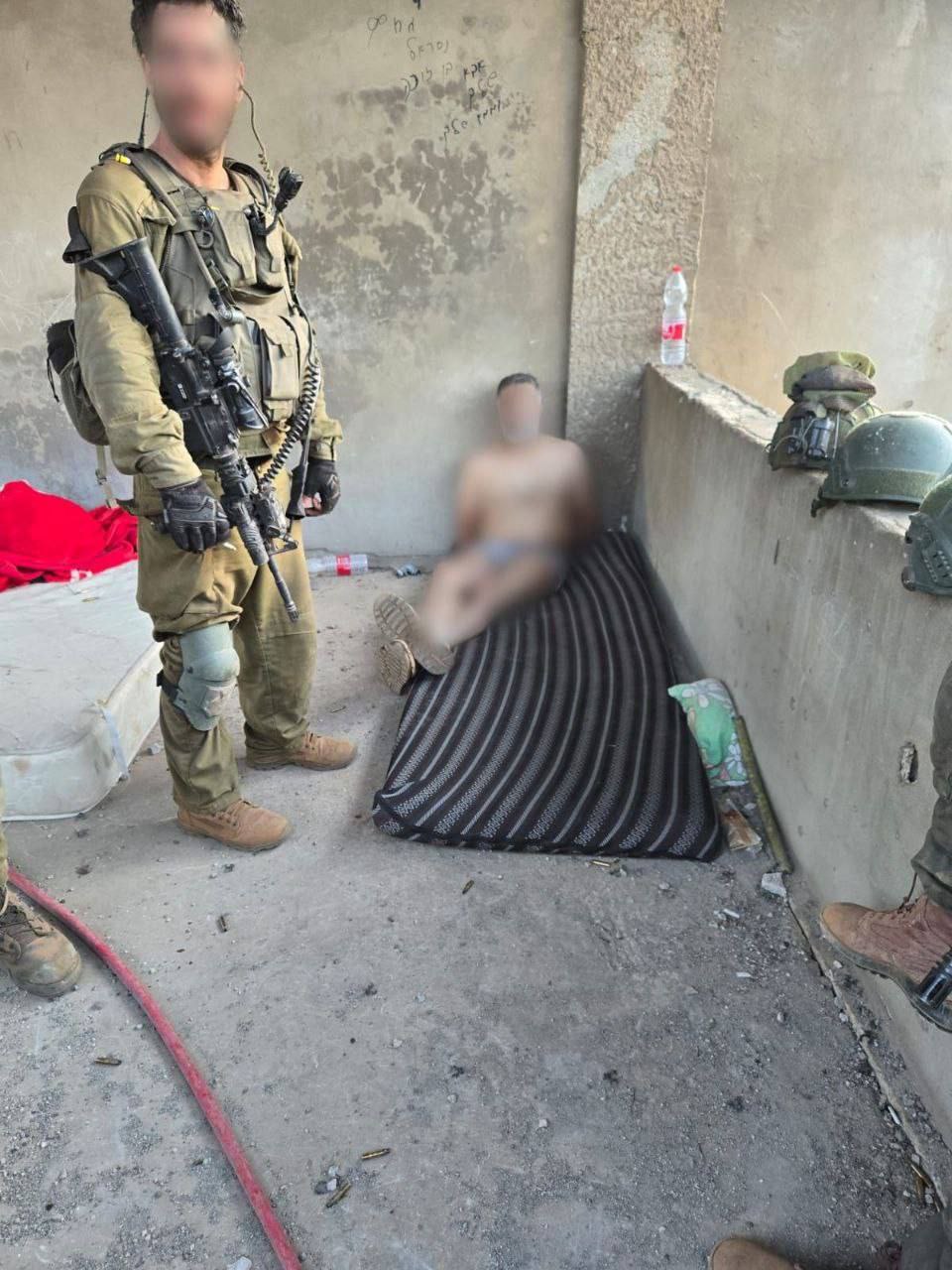
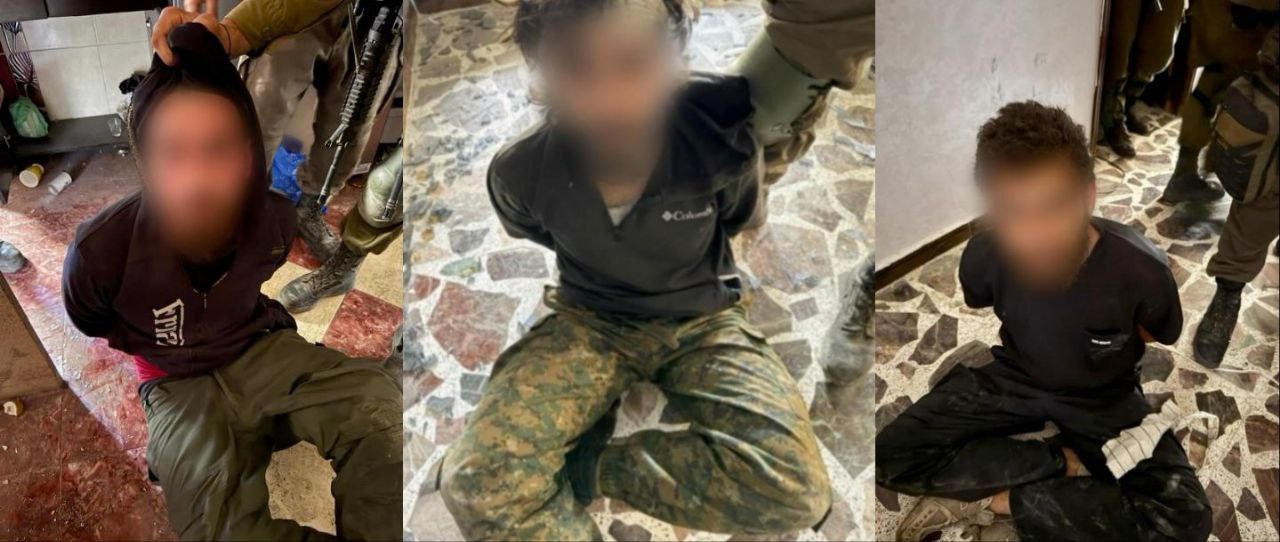
Given Hezbollah’s defensive tactics and the Israeli army’s offensive strategies, such events in war are natural. The Lebanese resistance fighters cannot sleep under trees or build shelters with sandbags and concrete blocks to avoid airstrikes from Israeli jets and drones. They go to underground shelters to return to their positions after Israeli airstrikes and continue their anti-tank missile and artillery assaults.
Despite the limited number of images and videos released from the battle grounds in southern Lebanon, what we have found out from the conflict fronts is that Hezbollah has stationed a military group (between 15 to 25 members) in small villages and a squad (between 40 to 80 members) in towns. It remains to be seen how this tactic will evolve in the ongoing war and what changes will be made to address its shortcomings.
Overall, fighters Hezbollah’s Radwan Force practiced various tactics over the past years and they will undoubtedly carry out the toughest defenses possible, when it comes to the battles in the southern Lebanese towns. Given the fact that the geographical position, weaponry, and quantity of forces is not as usual, the capture of a few fighters or even the fall of some districts of southern Lebanon in the hands of the occupying forces will be part of the ground operation and will not create specific victories for the Israeli military forces. Hezbollah’s overall objective in this war is to neutralize the Israeli regime’s scenarios regarding its military advances in the Lebanese axes as well as to prevent Israeli settlers from returning to northern occupied Palestine, and God willing, it will be realized and will lead to the failure of Israeli ground operations.
Read more: Latest Updates On Southern Front of Lebanon; Blida At Risk Of Falling (Map)


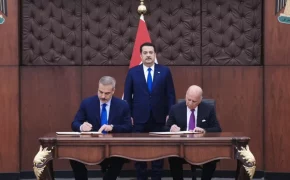
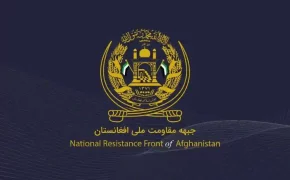
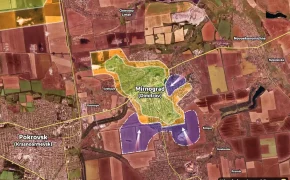
When will the Gaza Map Update Be posted?